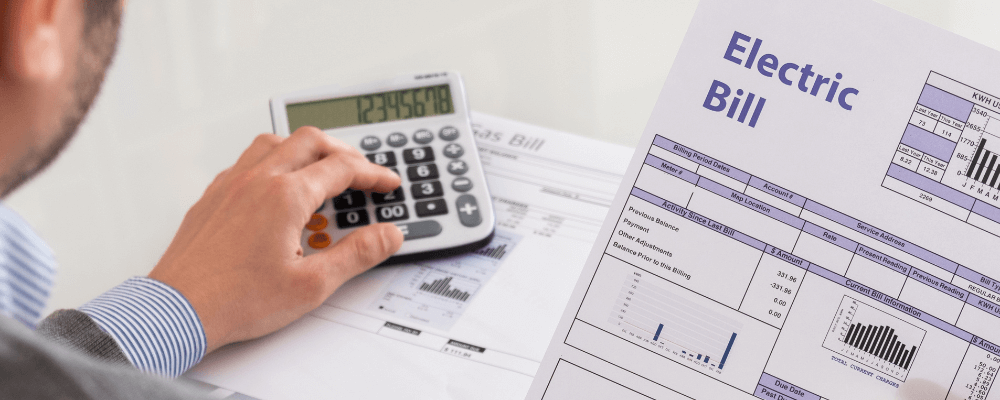Electricity bills play a crucial role in our monthly expenses, and understanding the charges associated with our energy consumption is essential. In this article, we will shed light on the electricity bill for consuming 100 units of electricity in Odisha, providing clarity on the components that contribute to the overall cost. By gaining insights into the billing structure, you can better comprehend your electricity expenses and make informed decisions regarding energy usage.
Understanding the Electricity Bill for 100 Units in Odisha

Tariff Structure in Odisha:
Electricity tariffs in Odisha are determined by the Odisha Electricity Regulatory Commission (OERC). The tariffs vary based on the consumer category, such as residential, commercial, industrial, or agricultural.
Calculating the Electricity Bill for 100 Units:
To calculate the electricity bill for 100 units in Odisha, we need to consider the tariff rates and applicable charges. The rates mentioned here are for illustrative purposes and may vary, so it’s advisable to refer to the official tariffs or contact your electricity provider for accurate information.
- Fixed Charges: Fixed charges are a monthly fee that consumers pay regardless of their electricity consumption. The fixed charges for a residential category consumer in Odisha may range from Rs. 50 to Rs. 100.
- Energy Charges: Energy charges are based on the number of units consumed. In Odisha, the energy charges for residential consumers are typically divided into slabs.a. For the first 50 units: Rs. X per unit. b. For the next 50 units: Rs. Y per unit. c. Beyond 100 units, the rates may differ, and it’s recommended to refer to the official tariffs.
Assuming the rates are Rs. X = 4 and Rs. Y = 5, let’s calculate the electricity bill for 100 units:
For the first 50 units: 50 units x Rs. 4 = Rs. 200 For the next 50 units: 50 units x Rs. 5 = Rs. 250
Total energy charges for 100 units = Rs. 200 + Rs. 250 = Rs. 450
- Additional Charges: There may be additional charges, such as meter rent, taxes, and levies, which can vary based on the electricity provider and the consumer category. These charges are usually a small percentage of the energy charges.
Conclusion:
Understanding the electricity bill for consuming 100 units in Odisha involves considering various factors, including fixed charges, energy charges, and additional charges. The rates and slabs mentioned in this article are for illustrative purposes, and it’s important to consult the official tariffs or contact your electricity provider for accurate information. By gaining insights into the billing structure, you can better analyze your electricity expenses, identify potential areas for energy conservation, and make informed decisions to manage your electricity consumption effectively.